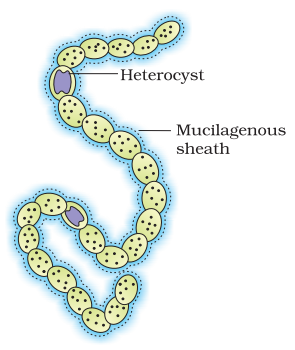The subkingdom is divided into three divisions.
- Thallophyta
- Bryophyta
- Pteridophyyta
- This division includes plants that are not differentiated into root, stem, leaf or flower.
- They are aquatic, fresh water as well as marine.
- Vascular tissue is absent.
- sex organs are simple and single celled. Embryo formation after fertilization is absent.
- Life cycle is completed in two phases dominant haploid gametophytic phase and shortlived , diploid sporophytic phase.
- The plants are called algae which may be single celled (chlamydomonas), colonial (volvox) or filamentous( spirogyra)
- The plant body is thallus or foliose. Roots like rhizoids arise from underside to anchor the plant.
- These are simplest land plants, confined to damp places. These are also called AMPHIBIANS OF PLANT KINGDOM as they live on land but are dependent on water for sexual reproduction
- True vascular tissue is absent.
- Sex organs are multi cellular. Fertilization is external and they need water for gametes to move.Embryo stage is present .Sporophyte is dependent over the gametophyte stage.Sporophyte is differentiated into foot, seta and capsule.
- This division includes mosses and liverworts.( Funaria, Riccia, Marchantia)
- The plant body is differentiated into true roots, stem and leaves.
- They are the highly evolved cryptogams.Stem is generally underground, leaves are made up of leaflets bearing sporangia on the underside.They are the first terrestrial plants to possess vascular tissues.
- These contain vascular tissue.
- Sex organs are multicellular and jacketed.Embryo stageis present. Main plant body is sporophye.
- This division includes ferns( Dryopteris, Pteris) and selaginella.
